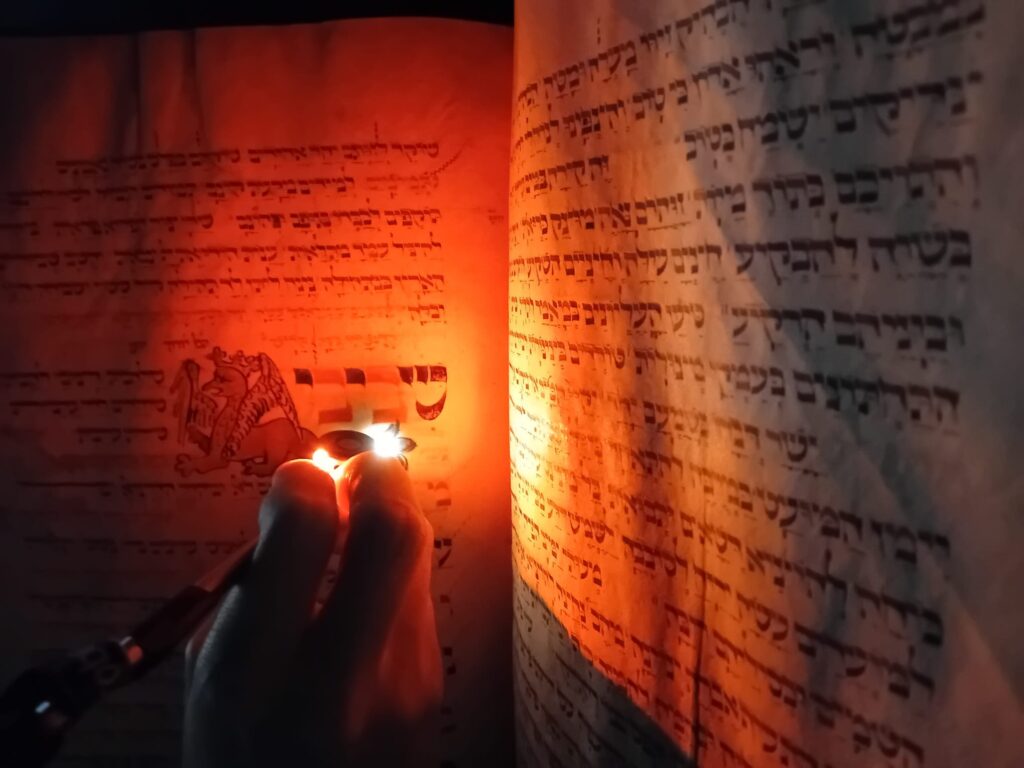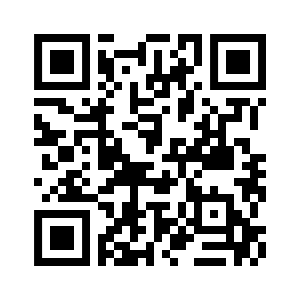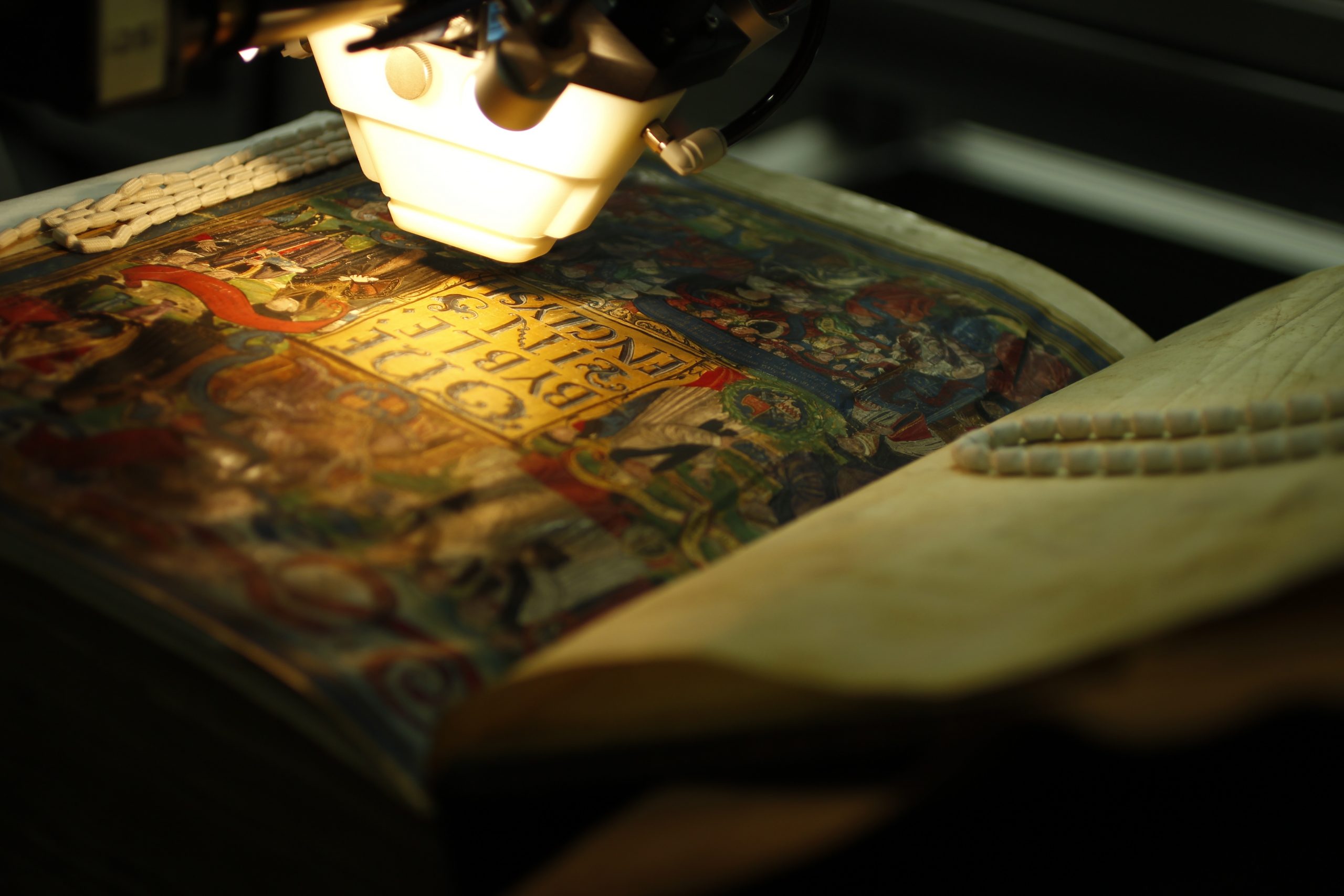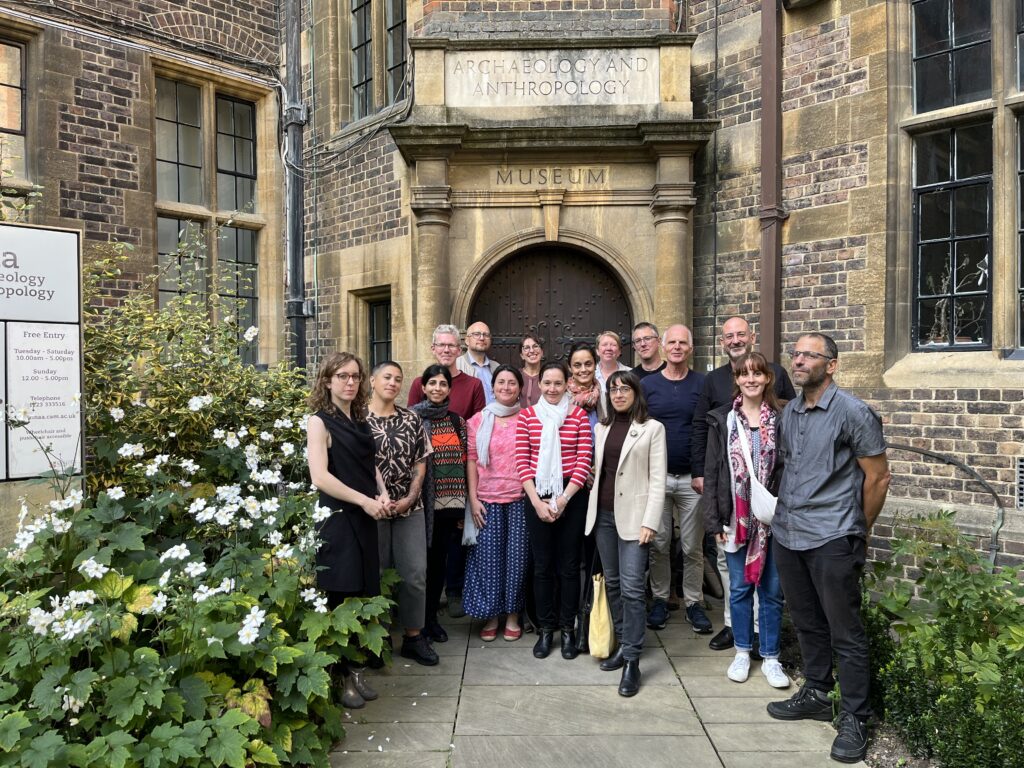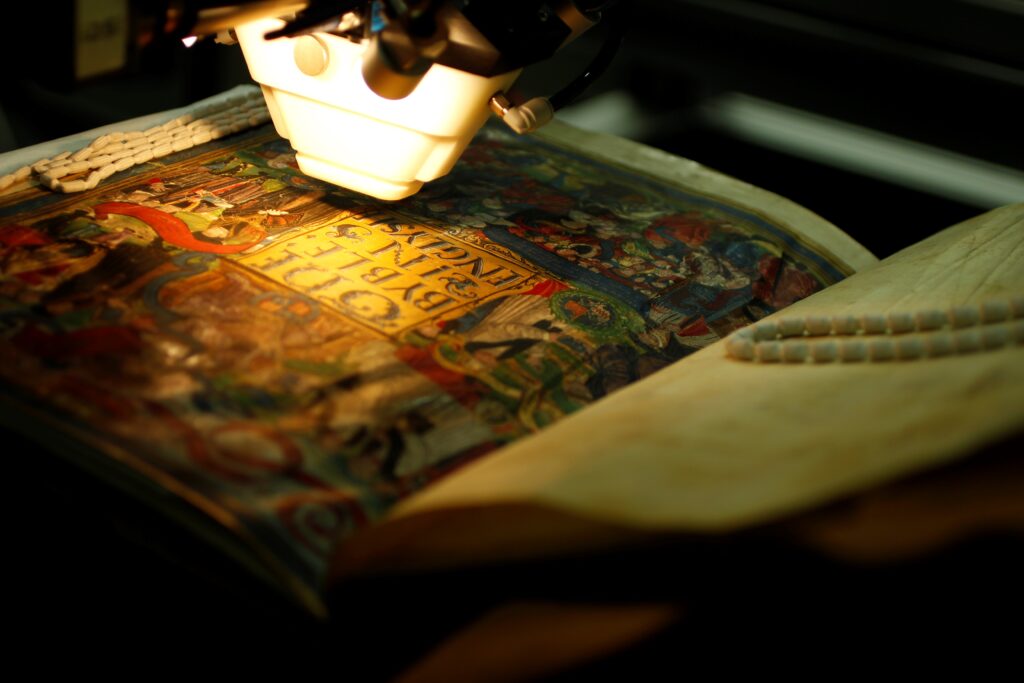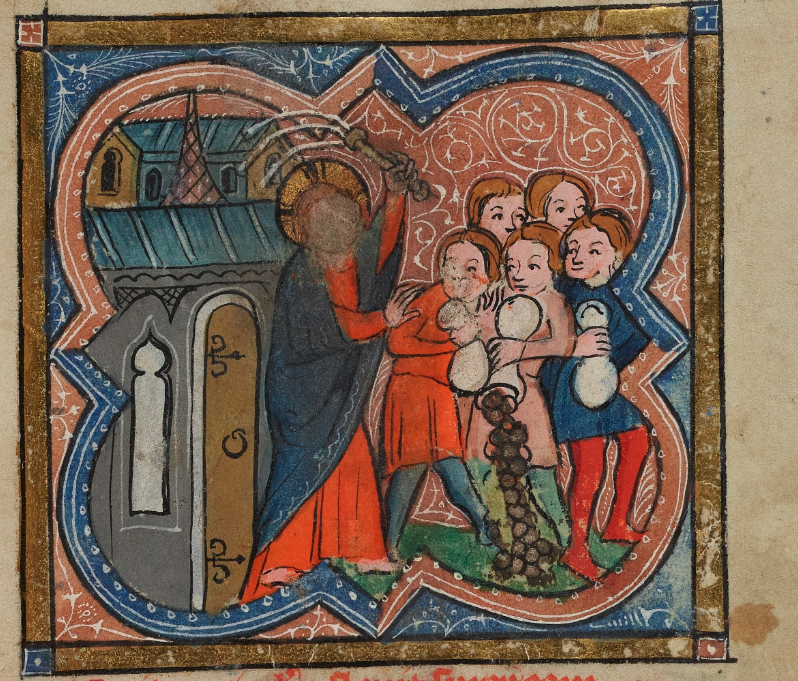Hidden in Plain Sight is a major research project, generously funded by the AHRC (2024-2026). The project employs a range of innovative technologies, from 3D microscopy and Micro-CT scanning to DNA analysis and Xray Florescence to explore how ancient books were used, modified and venerated. Pilot projects have revealed, for example, that Thomas Cromwell had his portrait carefully pasted onto Henry VIII’s Bible, or unearthed evidence for the parallel use of English and Latin in Tudor churches. The project will study a wide range of books and objects, from Islamic talismans and Jewish Bibles, through books mutilated in the Reformation, to Korean sutras and Buddhist sculptures.
Each of the project’s three strands explores different types of sacred books or objects, posing their own questions and requiring different means of analysis. ‘Reformations’ looks at books transformed as part of religious reforms, employing mutilation as historical evidence for active engagement with a contested past. ‘Jewish/Christian Books’ follows sacred books as they were made to accommodate new religious environments, addressing the role of converts in these transformations, while linking them to expulsions and pogroms. ‘Talismanic Use’ looks at non-European sacred scriptures which were used as parts of complex rituals and embedded into statutes and amulets.
The project brings together historians, heritage scientists, librarians, conservators, technicians and curators, presenting a model for inter- and cross-disciplinary work. The project is a collaboration between Queen Mary University of London, Cambridge University Library, Cambridge Museum of Archaeology and Anthropology, the National Library of Wales and other leading libraries. As many of these books were, and still are, sacred objects, faith groups will help structure our research and assist in its dissemination.
The project will engage public and academic audiences alike. An exhibition in Cambridge and Aberystwyth will bring together, for the first time in nearly 500 years, Henry VIII’s and Thomas Cromwell’s sibling copies of the Great Bible. Teaching resources on Tudor portraits will present historical and scientific investigation to KS3 students, bridging the STEM and SHAPE divide.
